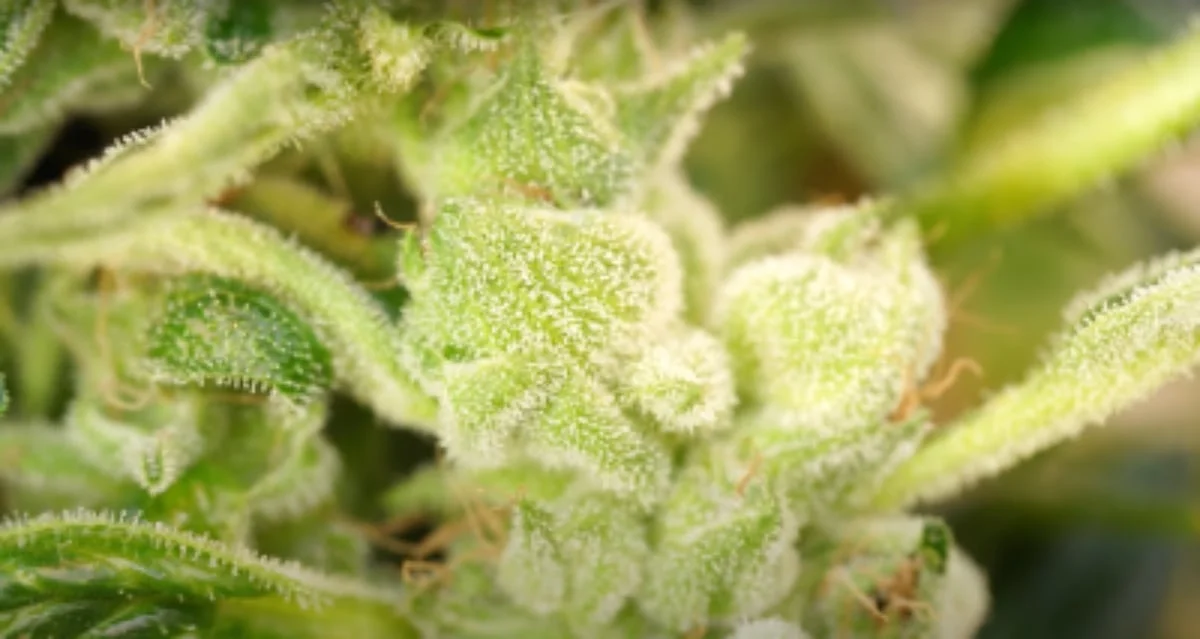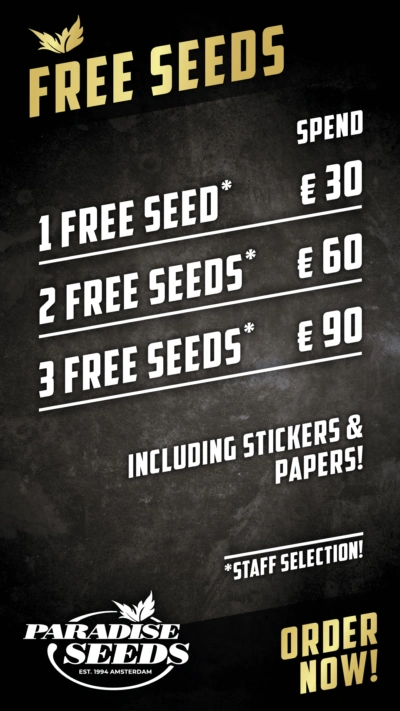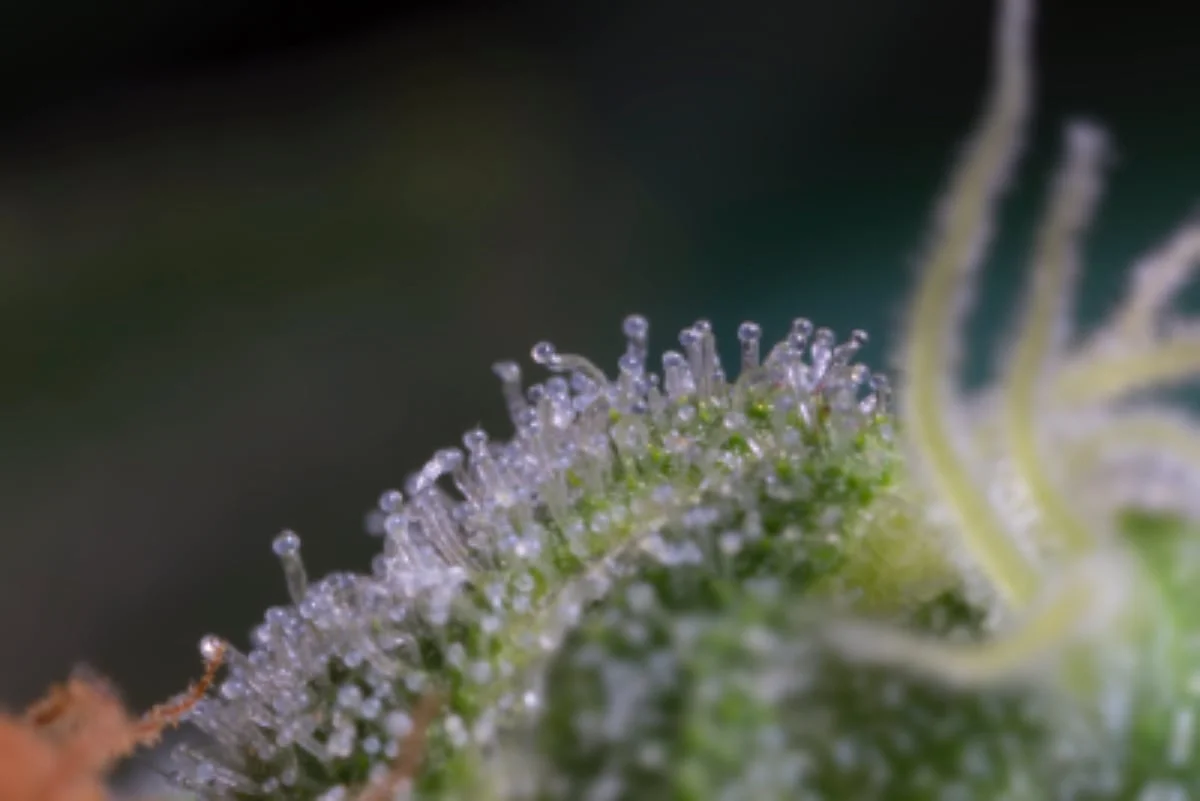For every cannabis aficionado – consumer and grower – there are few sights more beautiful than a plant which glistens like a frosty morning or a star filled sky. Fat, crystal coated buds can make the grower’s knees weaken and the salivary glands go into overdrive, which is why it’s all about the trichomes baby!
While they may look like little snowflakes, in reality cannabis plant trichomes are microscopic hairs. That glistening crystal you see is actually the top of a microscopic stalk and is one of many thousands of glands, which cover buds and the small leaves surrounding them as the plant accelerates its flowering phase. Up close and under a microscope, their shape resembles a mushroom.
Nature’s Defense, Grower’s Delight!
Their purpose in nature is to secrete resin. What is a prized commodity for cannabis growers is the equivalent of kryptonite for pests and animals which are repelled by the sticky bitterness. Any cannabis cropper who has had to prise their sticky fingers open after not very much chopping will appreciate how effective this resin production is in cannabis plant trichomes! That resiny coating also provides protection from the elements (which is why outdoor plants will keep their crystal even after heavy rain showers).
Aside from looking pretty, trichomes provide growers with a guide as to when to harvest their plants that is more reliable than gauging ripeness by the changing color of pistils (bud hairs) alone. The appearance (ie color) of cannabis plant trichomes will also give an indication of THC levels, allowing the grower to harvest to match a desired effect.
As a cannabis seed company, Paradise Seeds has a rich tradition of producing super resinous plants and a big part of the company’s breeding process involves R+D in this aspect. This reputation began with Sensi Star – a trichome freak of nature! – and it has been maintained with such frosty strains as Nebula, Californian Gold and Space Cookies.
As the sights described are on a micro level, it’s very difficult to judge what trichomes are doing with the naked eye. In an ideal world a microscope is the best tool to help the harvester make the best informed decision to harvest. Without that luxury a magnifying glass or a jewellery loupe is needed. So let’s take a quick look at trichomes and how they can guide a grower’s decision to harvest. We will do this with a trichome traffic light system!
Clear Trichomes – Stop!
Yes the buds may be covered in trichomes, but they are not yet ripe. Cannabis plants will start to develop trichomes in the first weeks of flowering but these are still very early days.

Milky trichomes – Wait!
As THC production begins to speed up in a cannabis plant, trichomes will turn from clear to ‘milky’ – a color that is somewhere between translucent and white. A big mistake by novices is to think this is the time to harvest, but buds harvested now will produce a mild ‘heady’ effect, so growers need to wait a few weeks more to benefit fully from the flowering plant’s potential.
Milky – Amber – Go!
If the percentage of amber trichomes rises beyond 30% then the effect will become heavier – ie more couch lock. While some growers crave the ‘lights out’ effect, most people enjoy a mix of heady uplift and bodily relaxation. For optimum THC levels, buds should be harvested when the trichomes are 75%/25% milky/amber.
Most growers have had the experience of staring at a plant wondering if the trichomes they are seeing are white, milky white or a hint of amber, which is why it is worth reiterating that an optical tool is required to help with the task. It goes without saying too, that the guidelines provided by instructions on cannabis seeds packets, which give details of flowering periods, are also a good auxiliary aid in helping the grower to determine when to crop.


